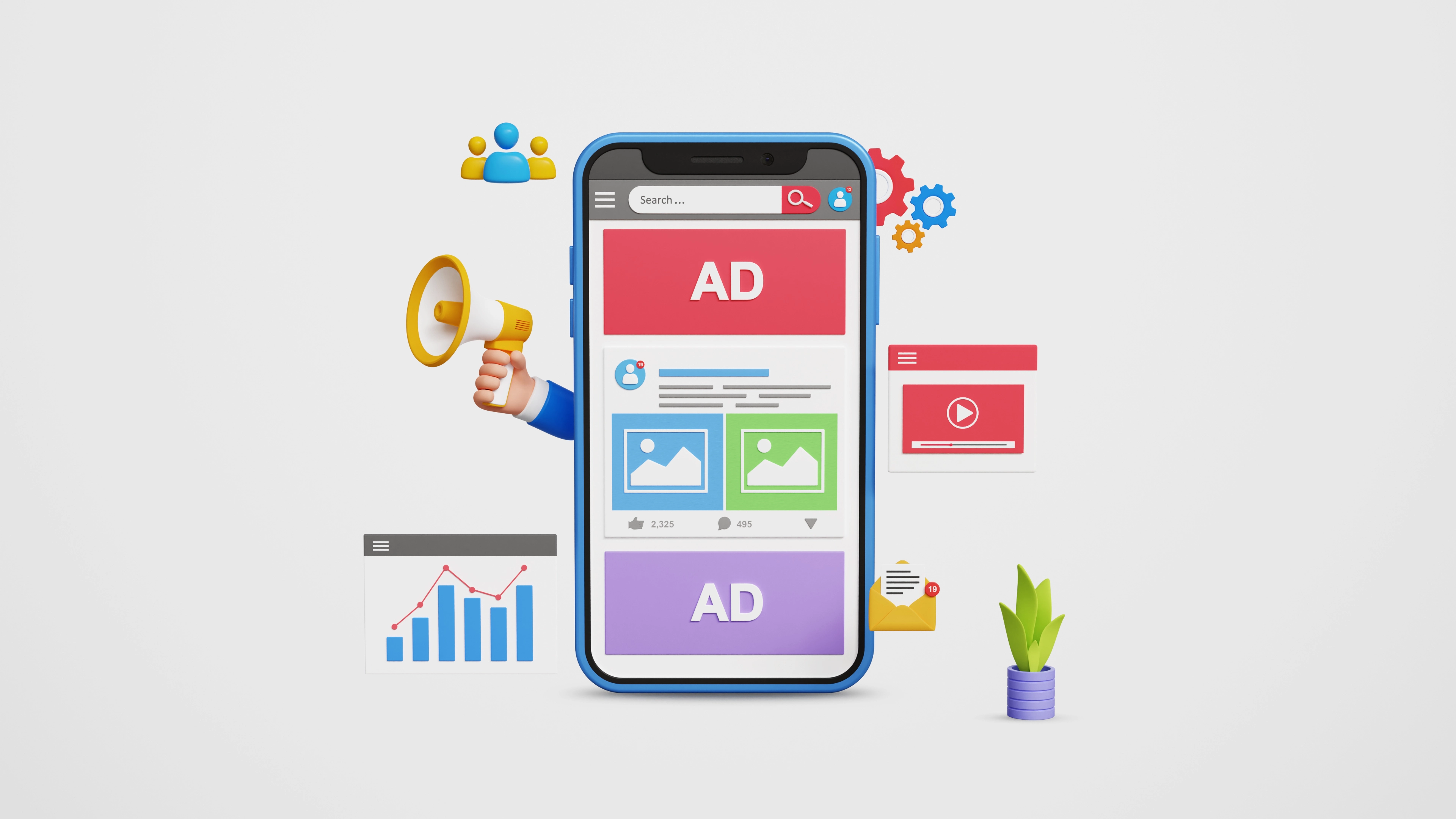Let’s start with the basics: What are display ads?
Display ads typically contain text, images, and/or video that attract a user’s attention with the intention of getting a user to complete the call to action. For example, getting a user to sign up for a free trial, or to subscribe to a newsletter, or simply to visit a landing page.
You probably encounter display ads every single day on Google, Facebook, Instagram, Twitter, Youtube, almost every free website that you go to! Display advertising has many advantages, including promoting brand awareness, generating leads, nurturing leads, and more! But before you can see results, you got to make sure you’re thinking about the marketing strategy behind the ad campaign. So let’s outline some of the most important factors to consider while creating a marketing plan for your display ads.
Define Your Audience
Who is your ad for? Think age, gender, location. If you’re a gym based out of New York City, chances are you don’t want to pay for ads to be shown to people that live in Chicago - that won’t help you get many new memberships! There are countless ways you can segment your audience, but try to choose factors that will be particularly influential to your campaign.
Test Your Variables
When building your display campaigns you want to make sure that you create multiple versions. For example, use 2-3 different images, headlines, and ad texts to create hundreds of different variations of your advertisement to get the best results. This is important for a couple of reasons: 1. If a consumer sees your ad more than once, chances are it’s not the same exact ad and 2. You can test variables against each other to uncover what’s effective and what’s not.
Optimize Your Ads
Check-in after running the advertisements for a number of days, to assess how they are performing. When looking at the data from testing the variables against each other are there clear changes that need to be made? Replacing an image or rewording an ad text? Make adjustments as needed to your campaign. And remember that this isn’t just a “set and forget” process. Continuously monitor and update your campaigns to ensure you get the best ROI.




